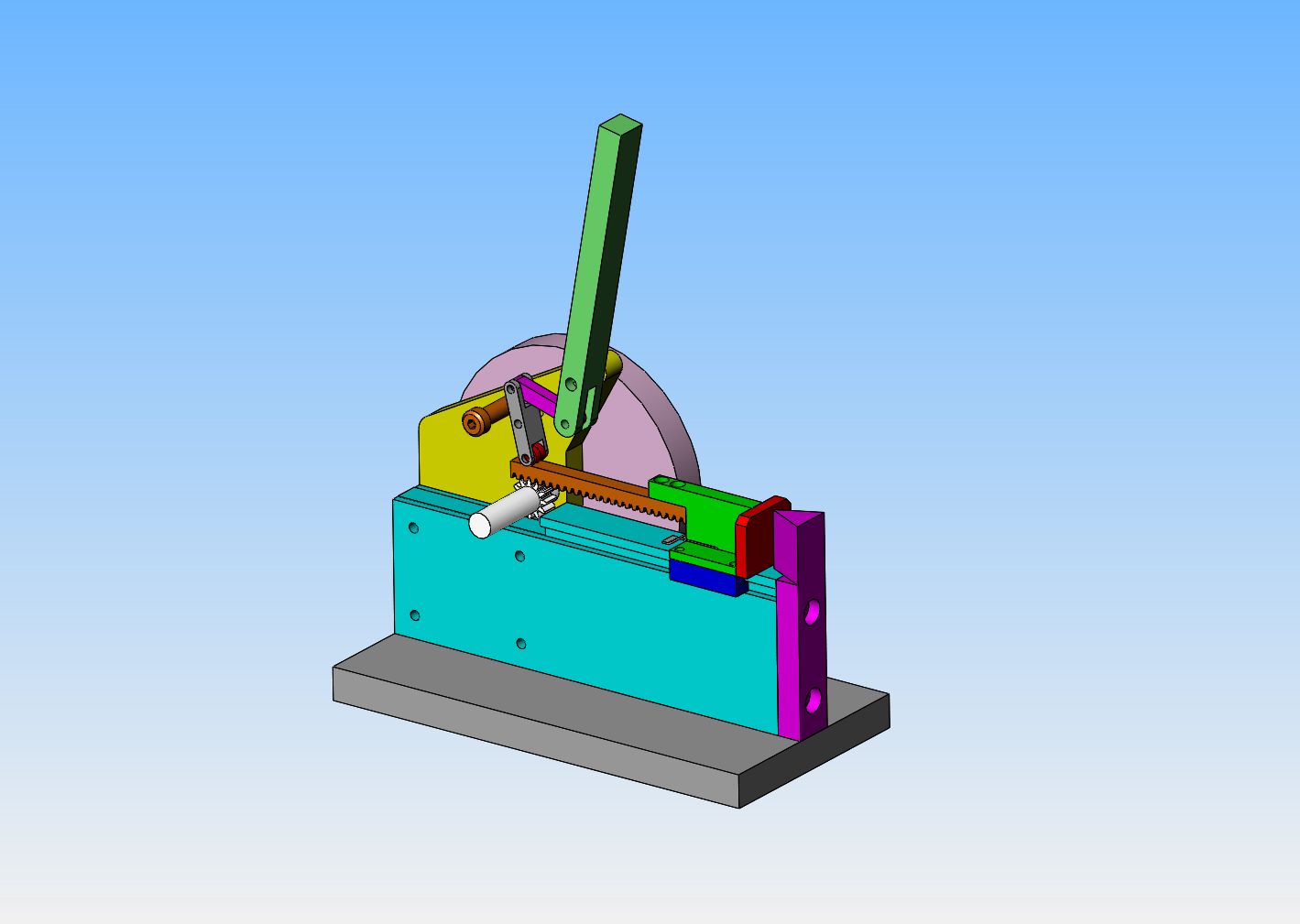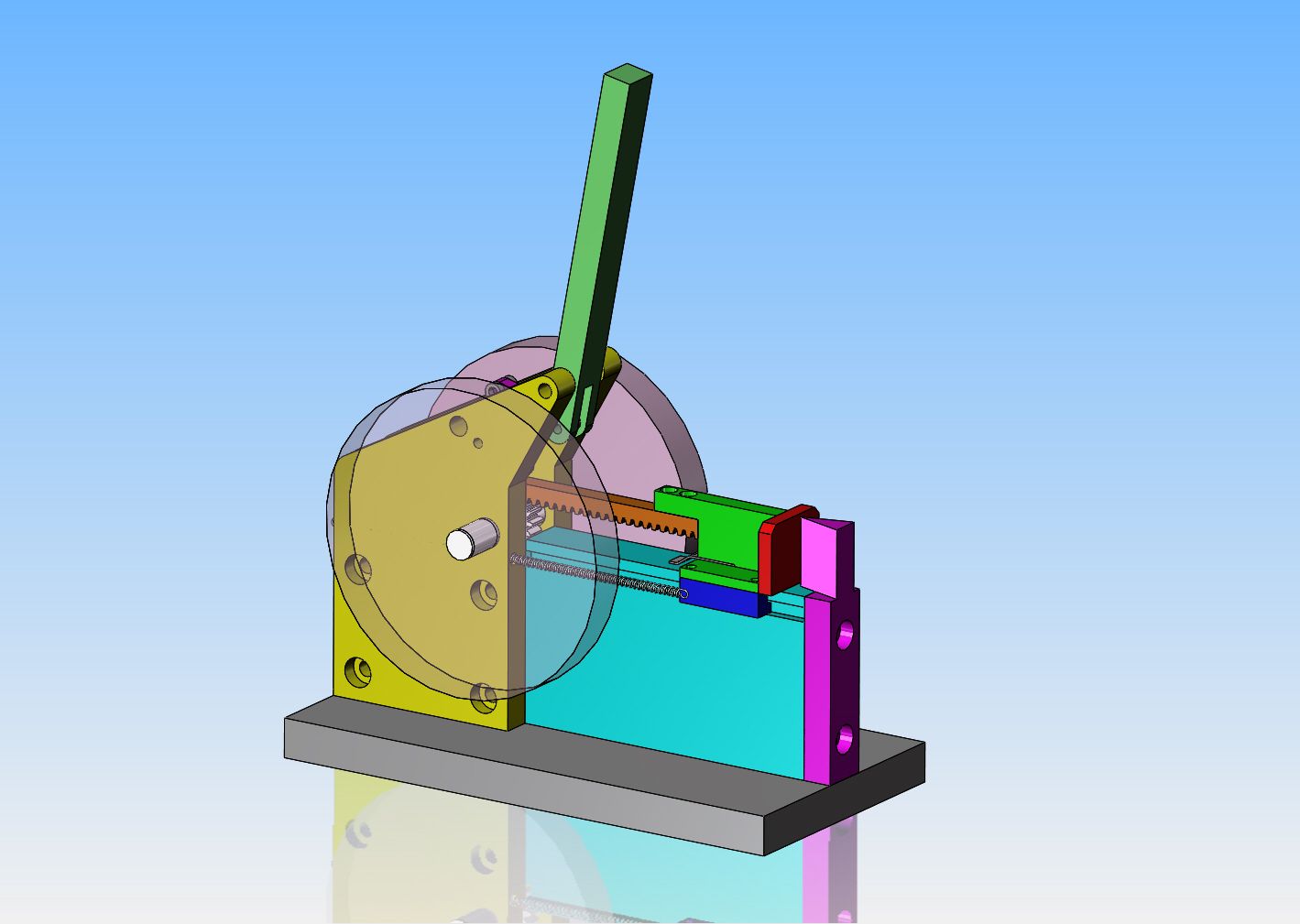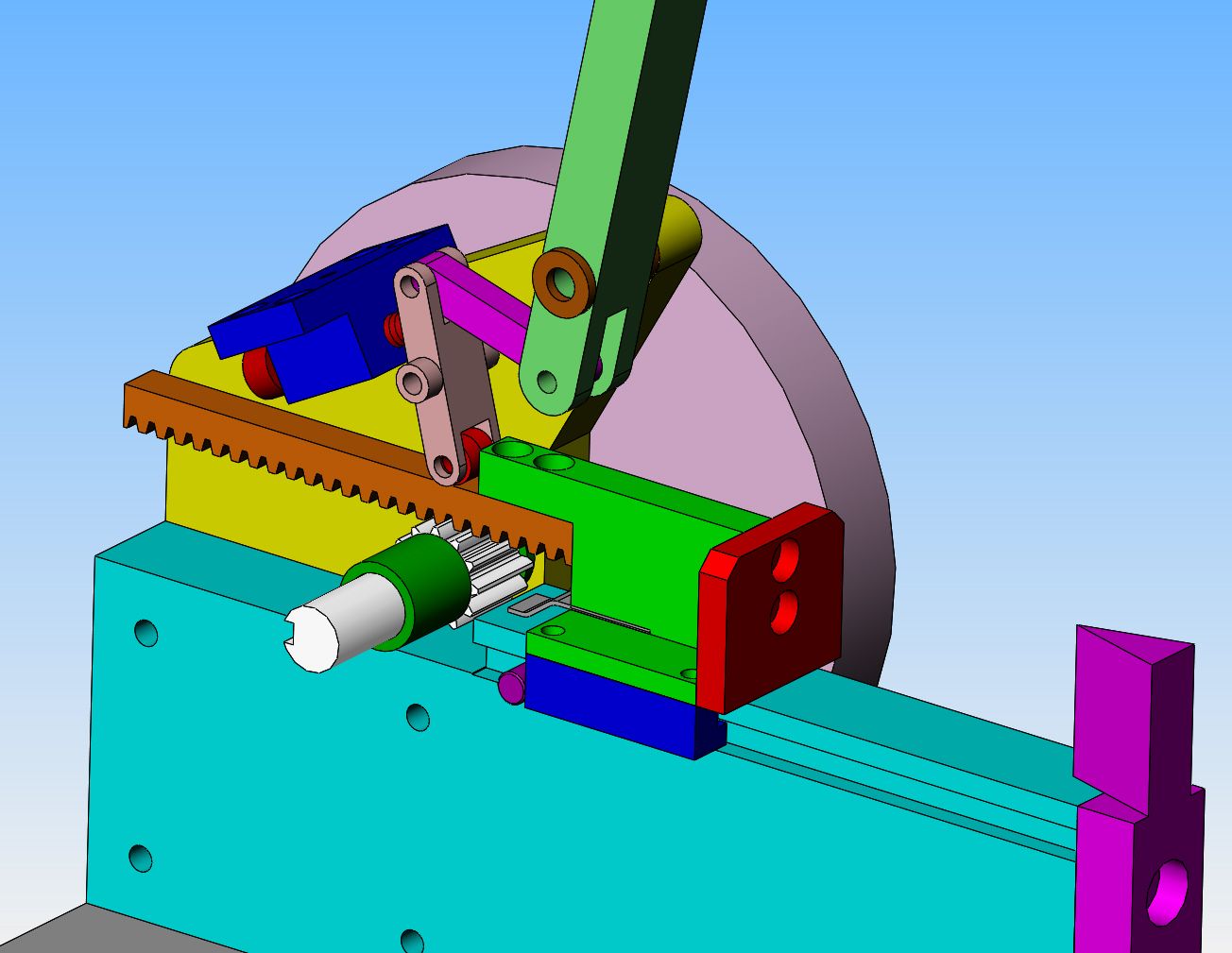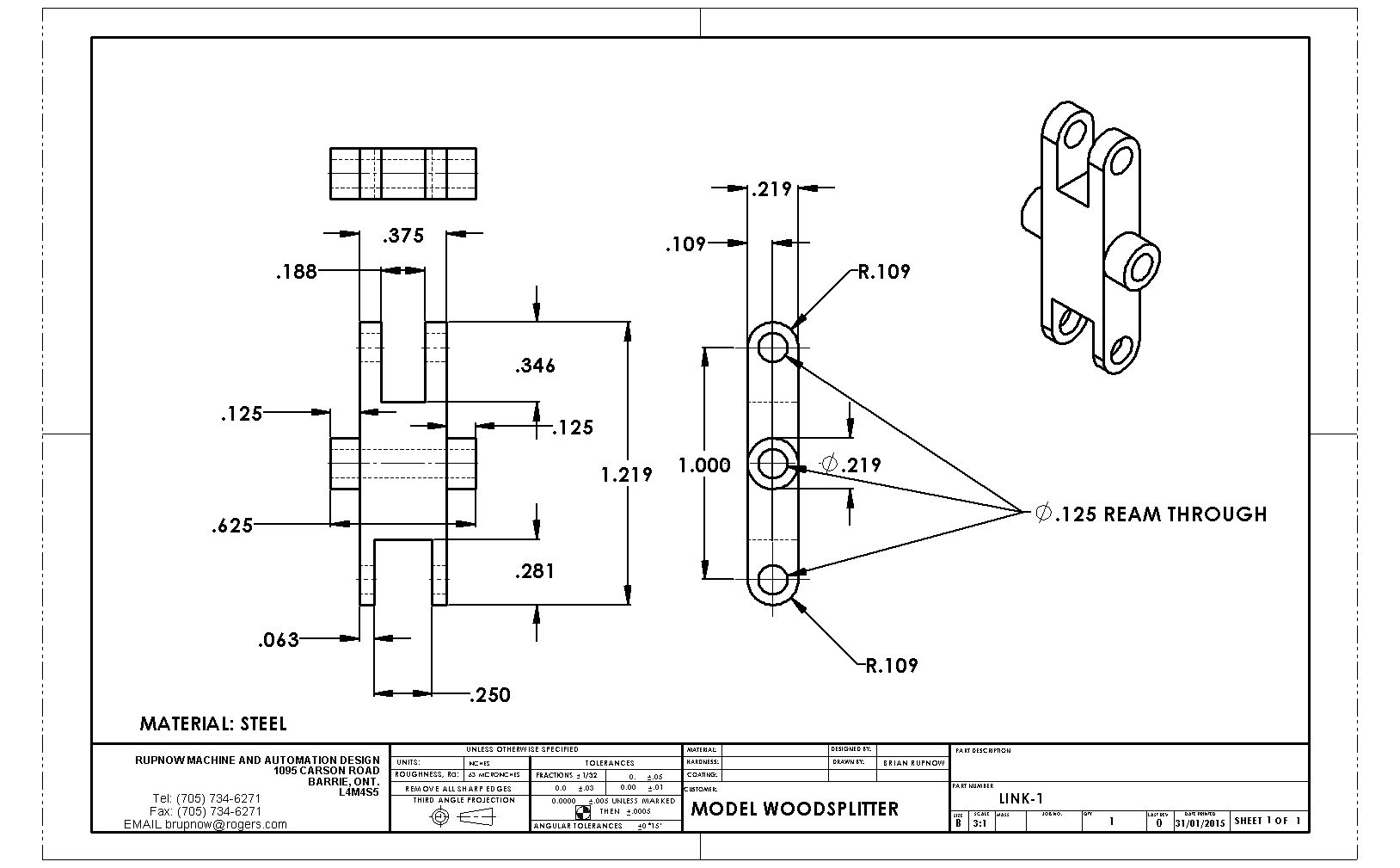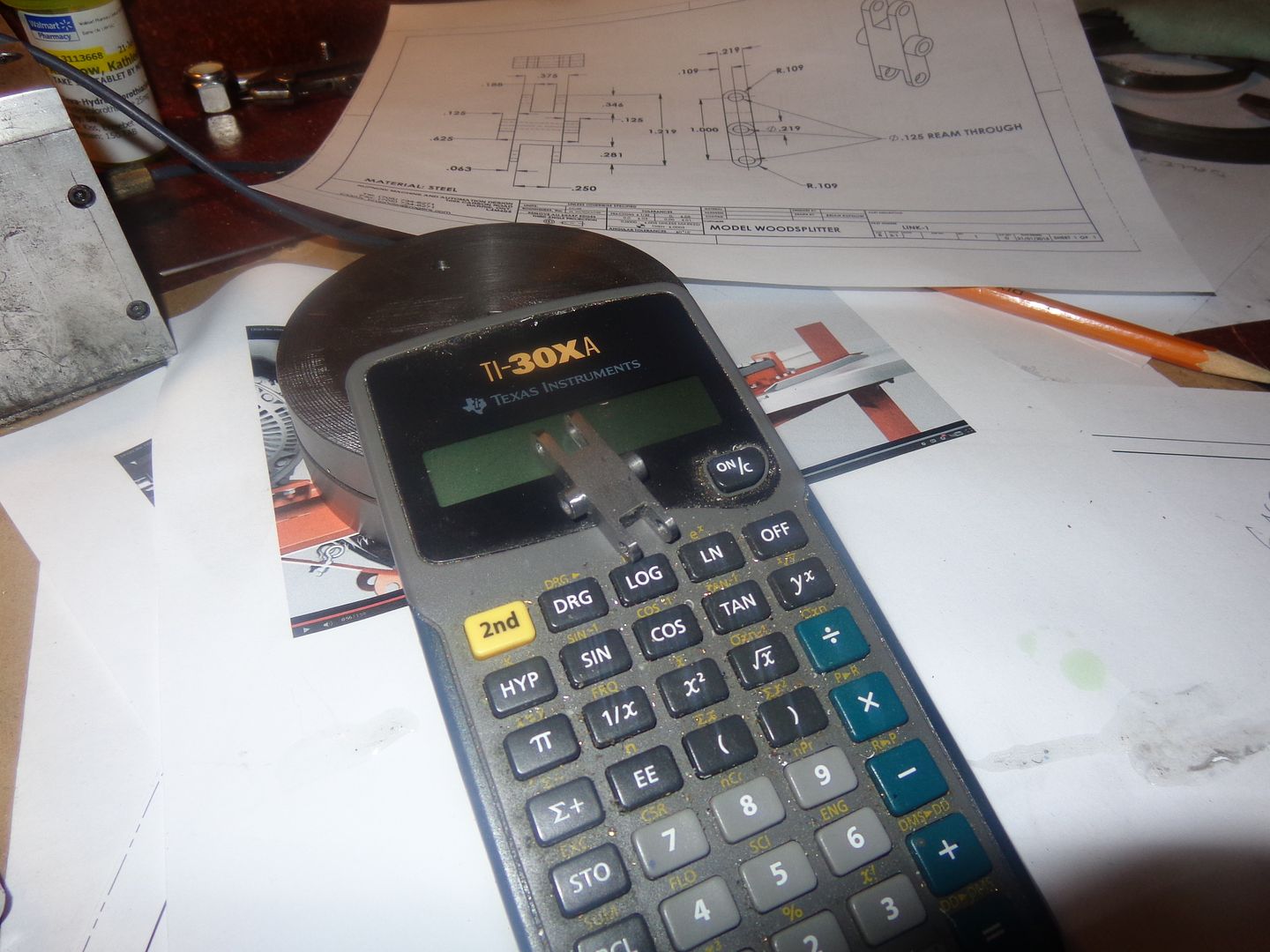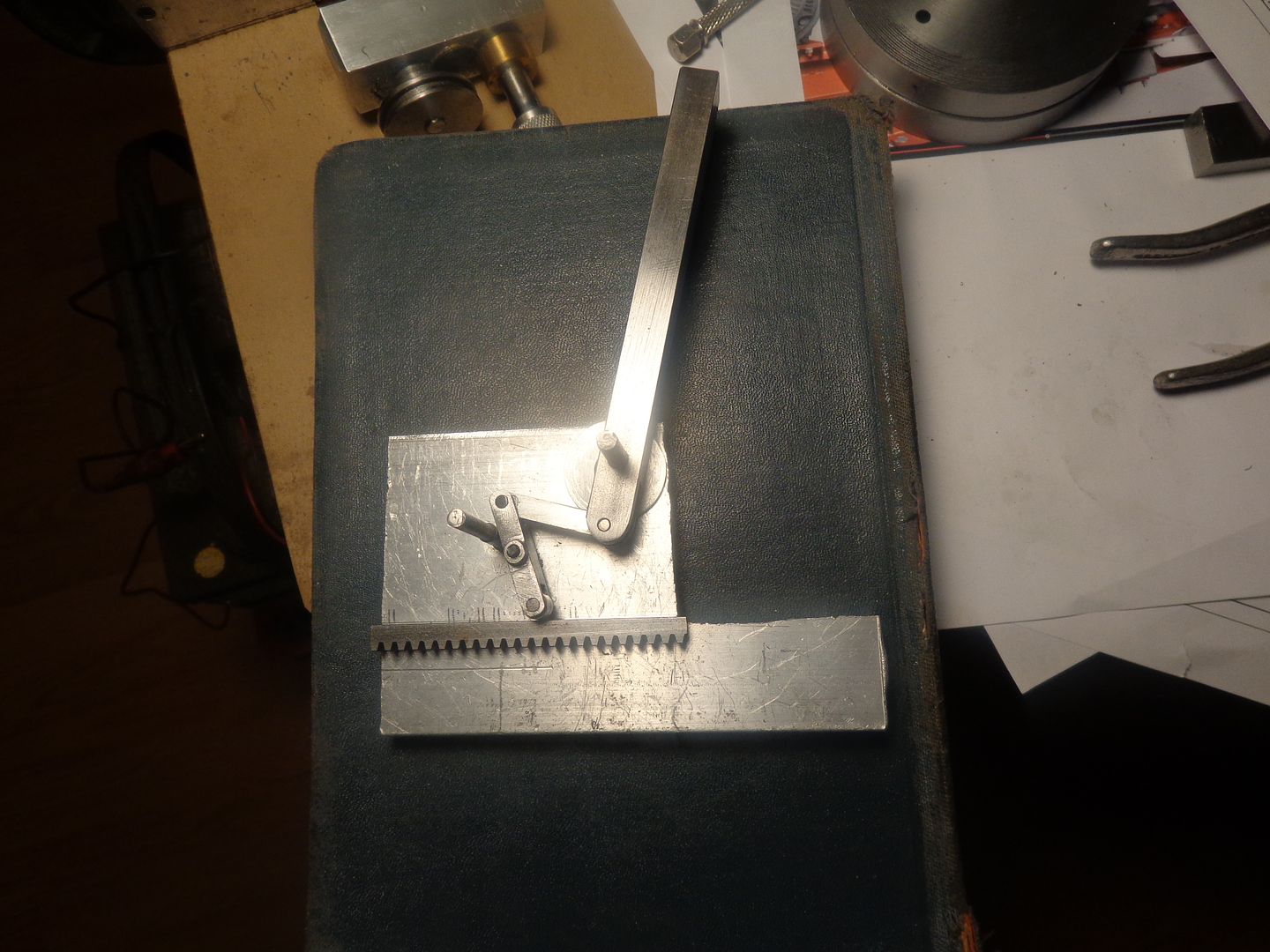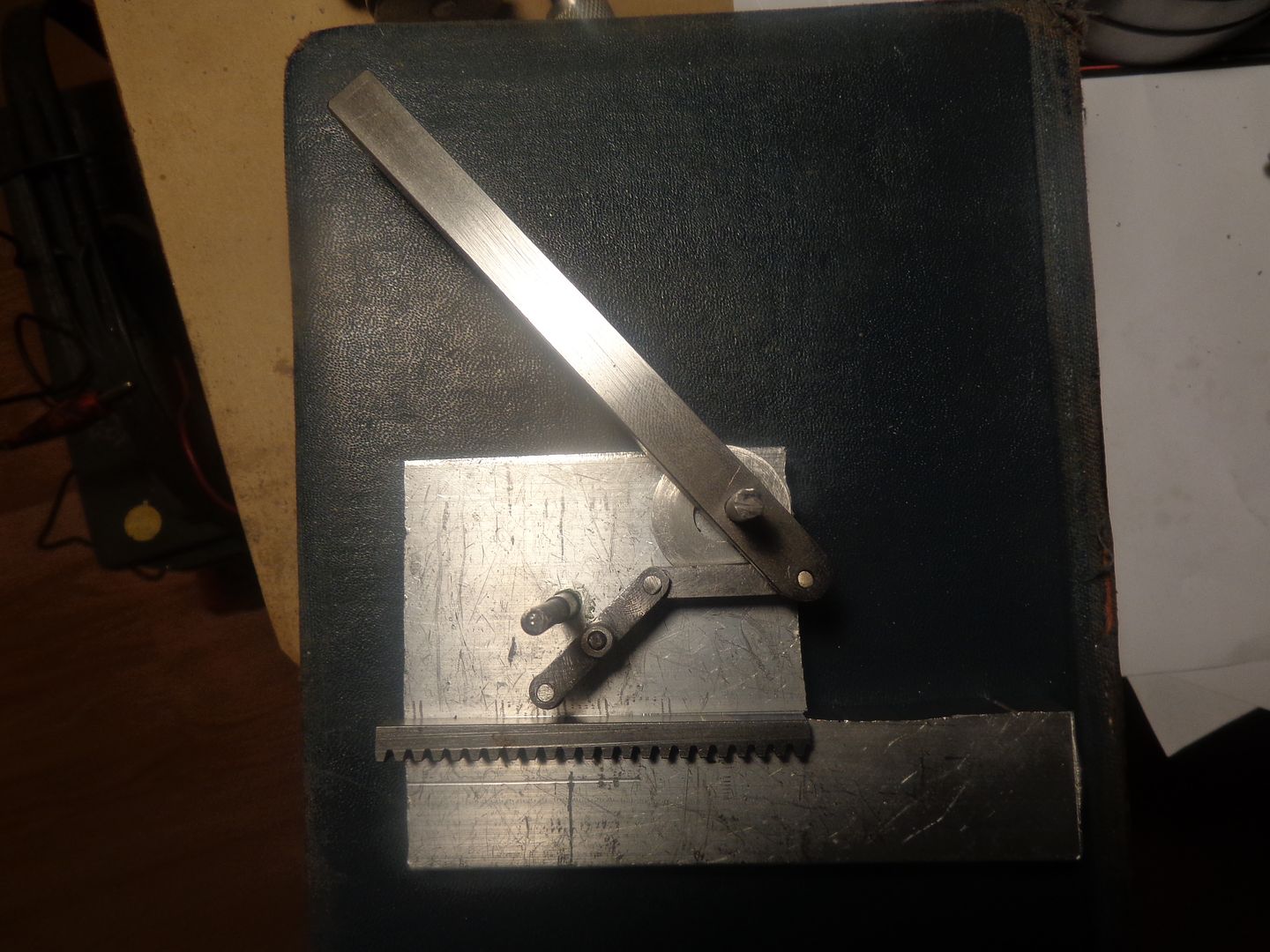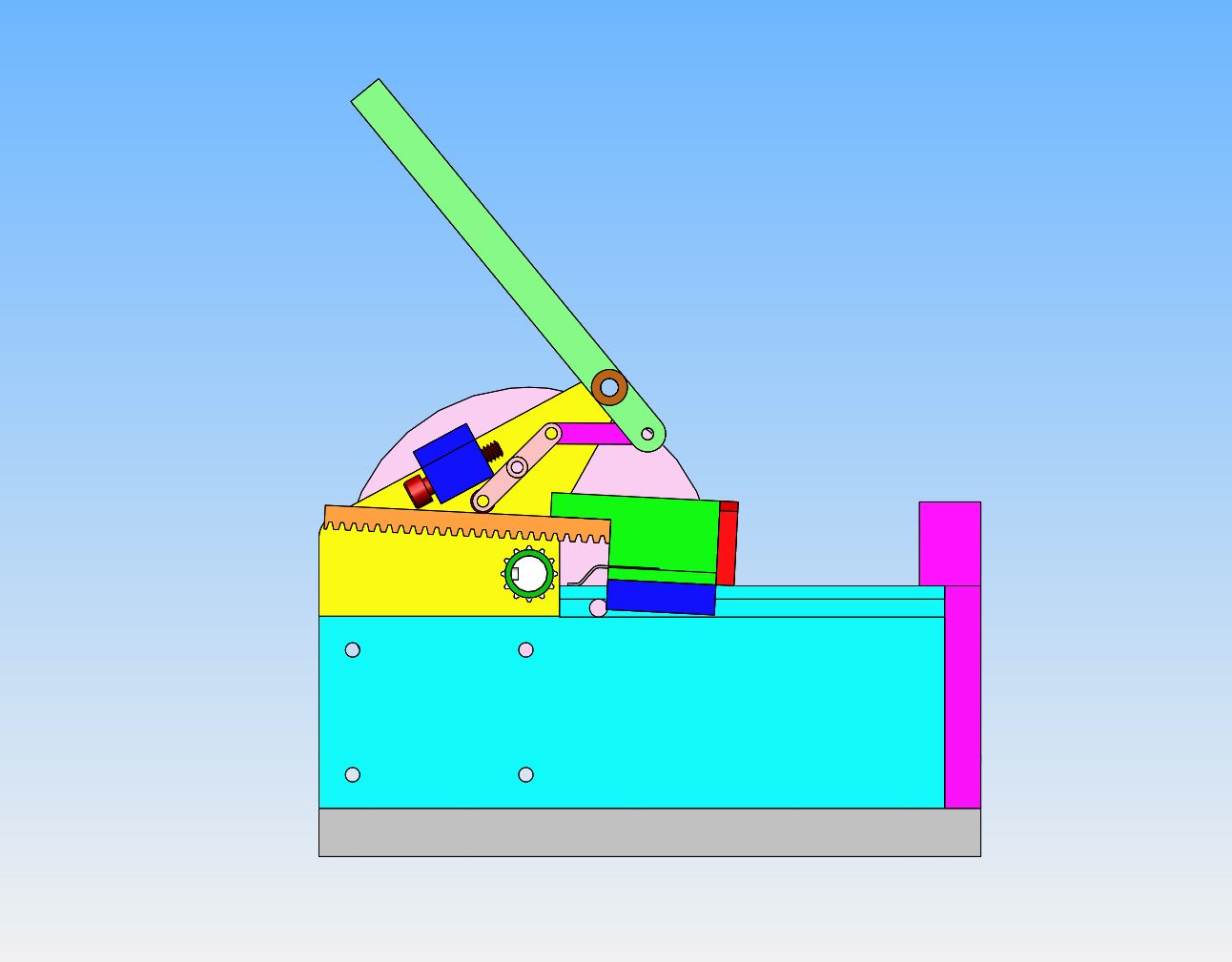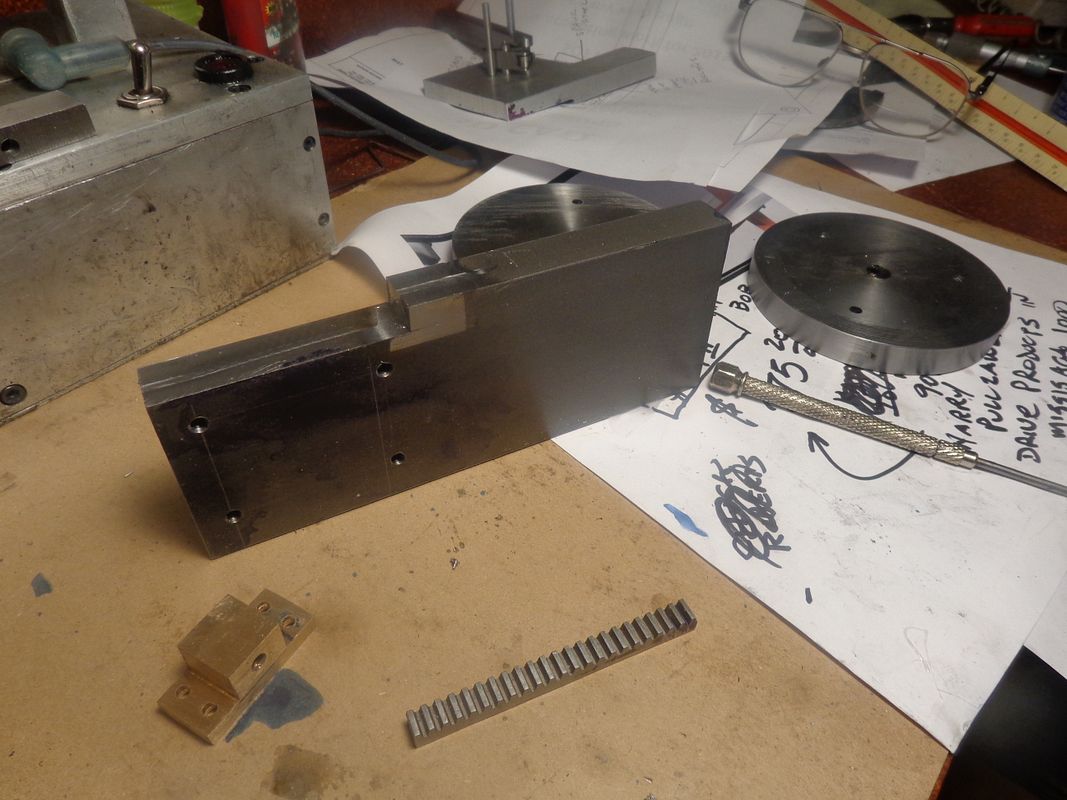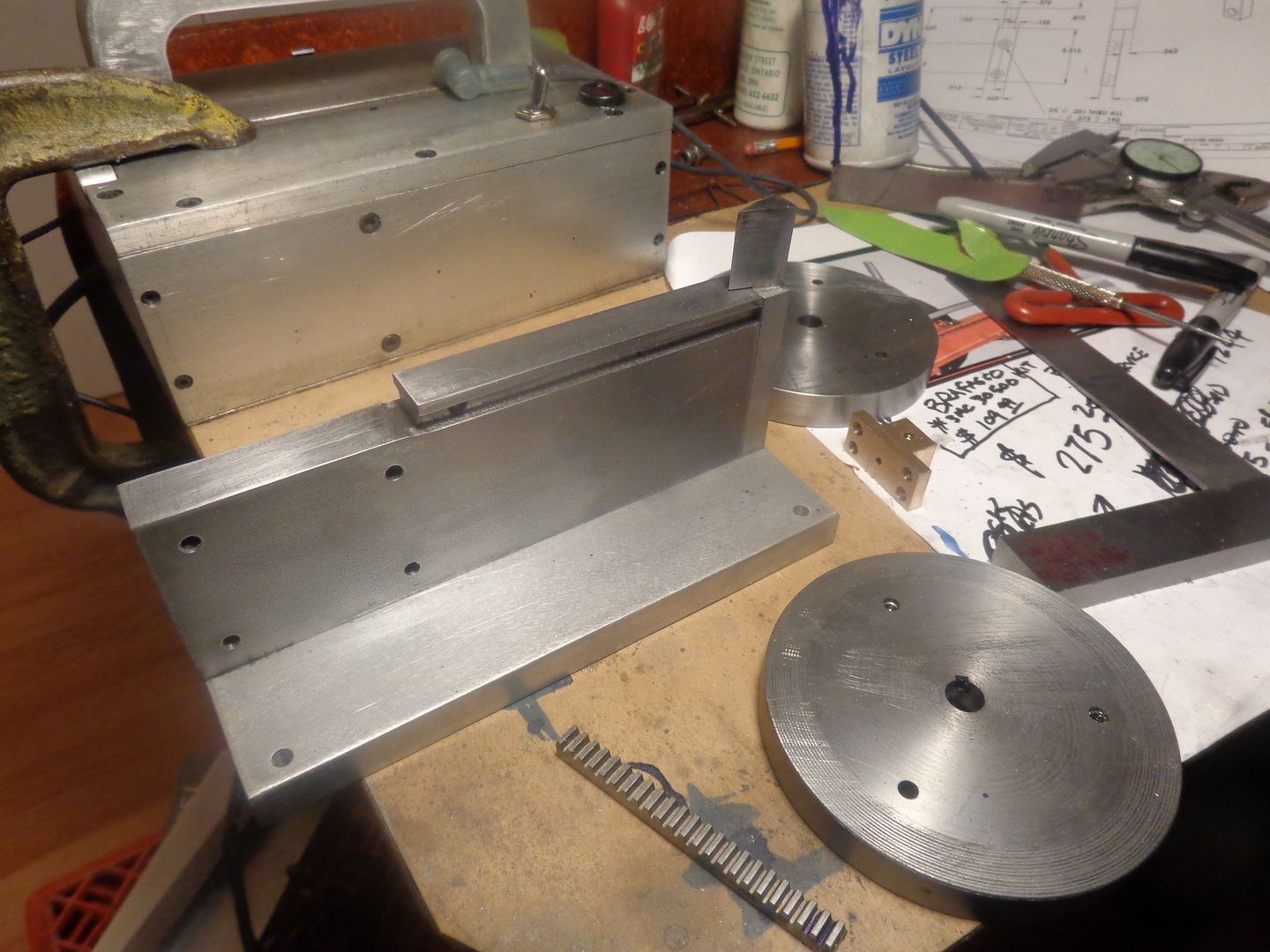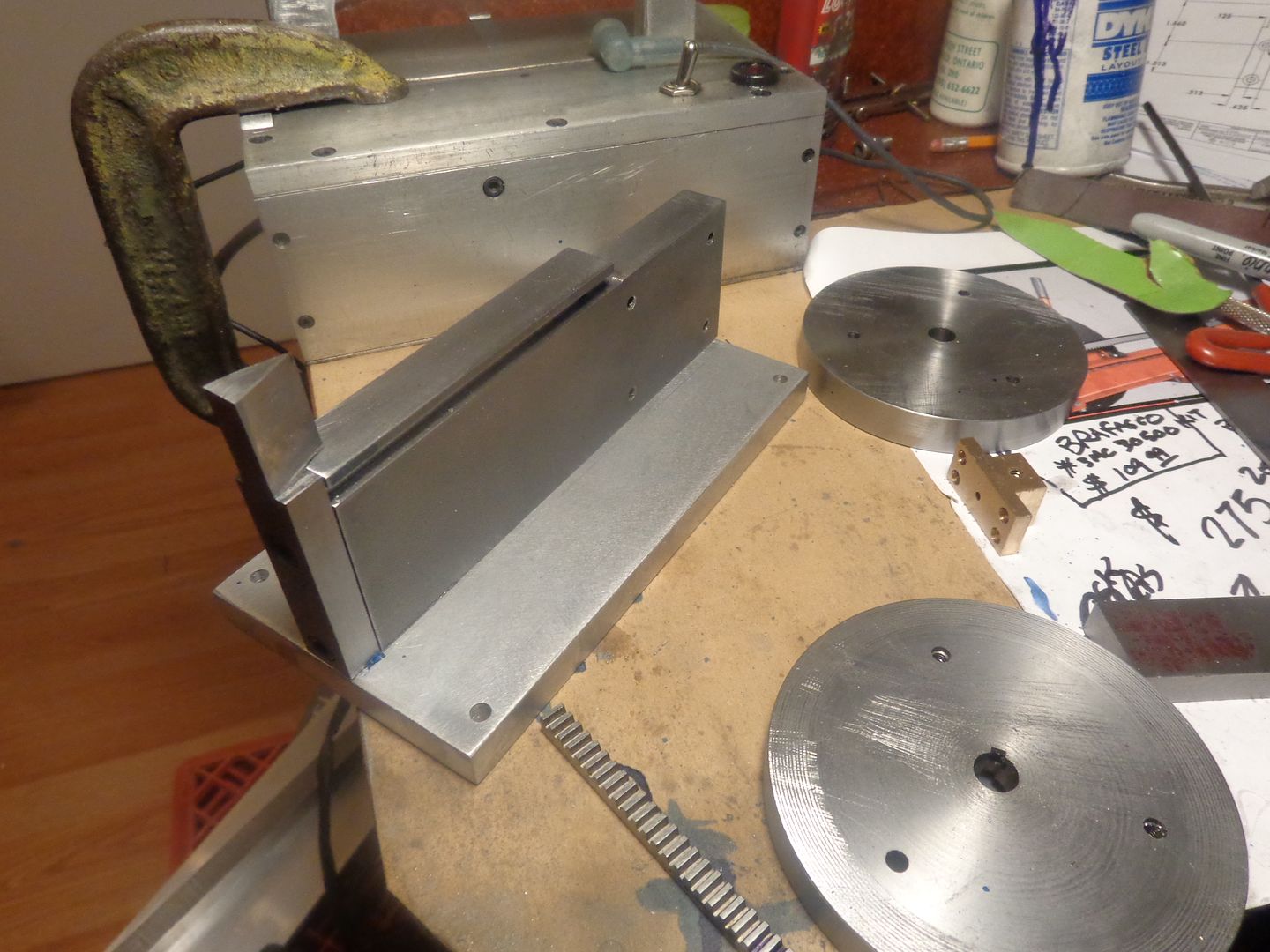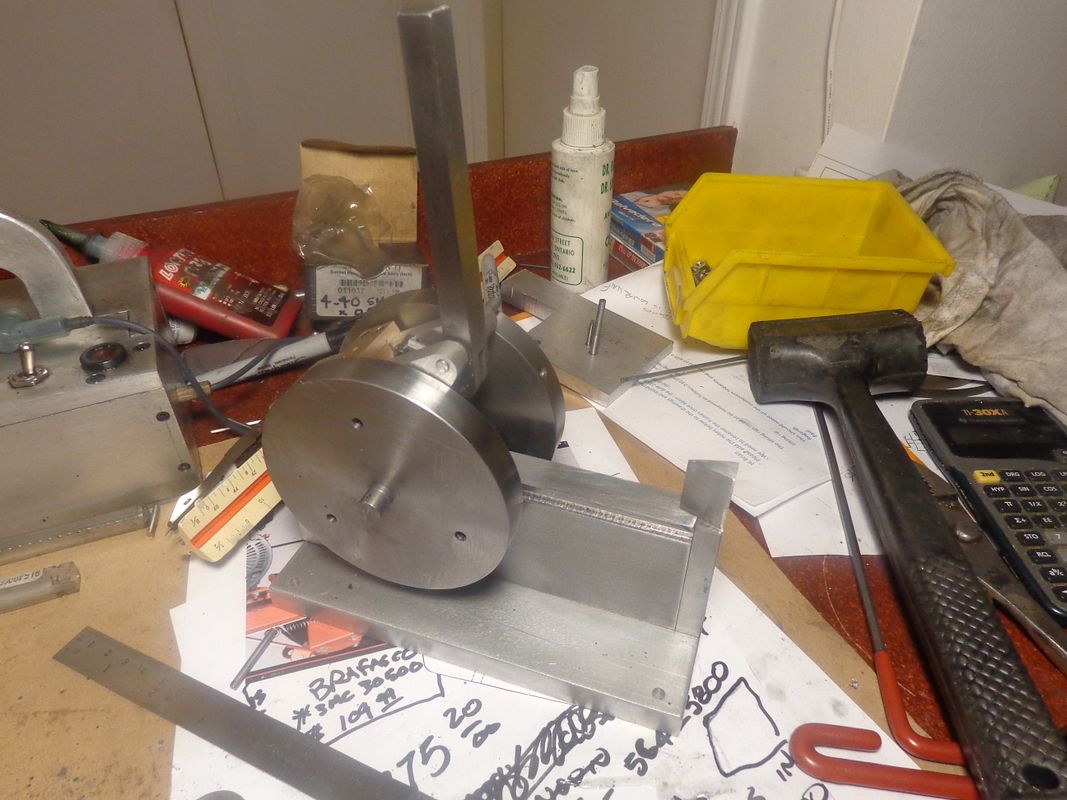Baz--The mig wire I use machines just as easily as any mild steel. It's not a good idea to weld onto cold rolled steel, because it warps like crazy from the heat, but it is against my penny pinching soul to scrap a piece of cold rolled that I just bought. Unlike many of my threads, I have decided not to post "in progress" drawings this time, because I'm really not sure if this thing is going to work or not. If it does, I will post a link to the drawings, because it is a rather fascinating little project. As far as being "prolific" is concerned---I don't have anything else to do unless I spend my time reading. I'm not much of a TV watcher, and real "Design" work is not flooding in as I had hoped at the beginning of 2015. If this business with the oil ever sorts itself out, there will probably be more "real" work for me to do.--In the mean time, I build little projects just to give me something to do, and it improves my machining skills. Thanks for having a look and saying "Hi"----Brian





